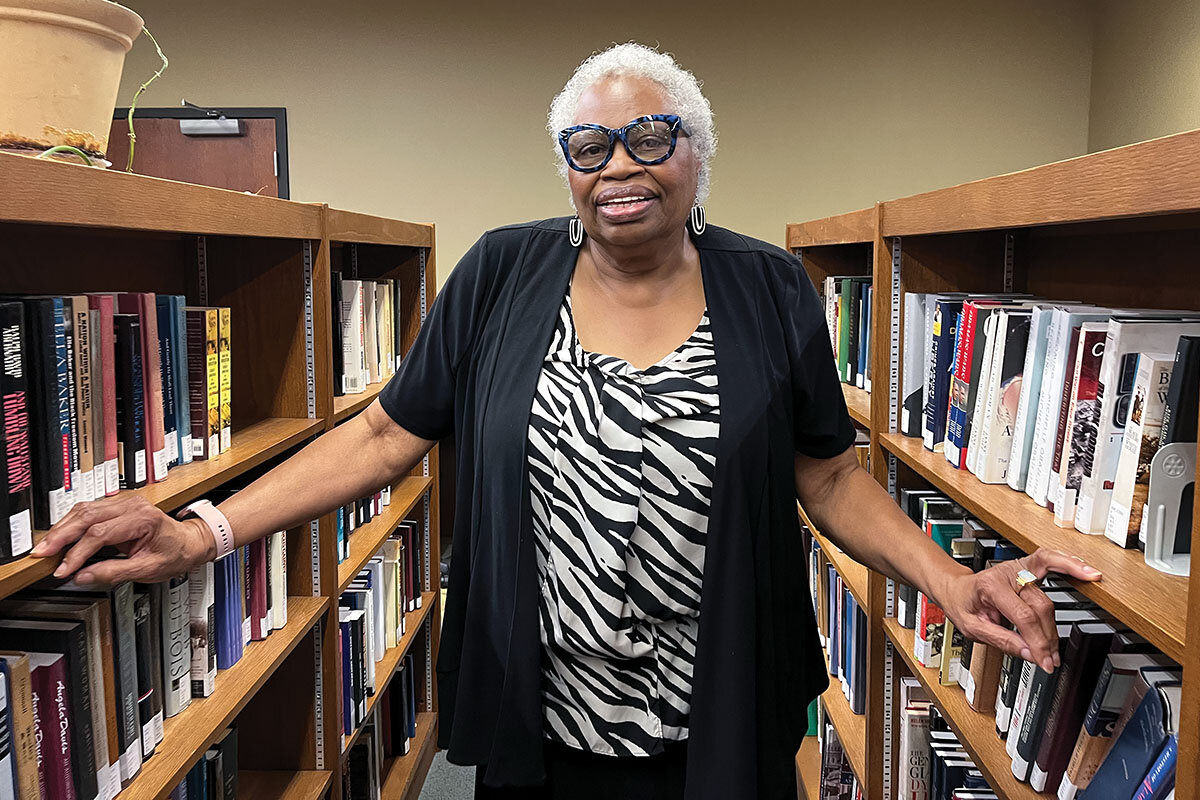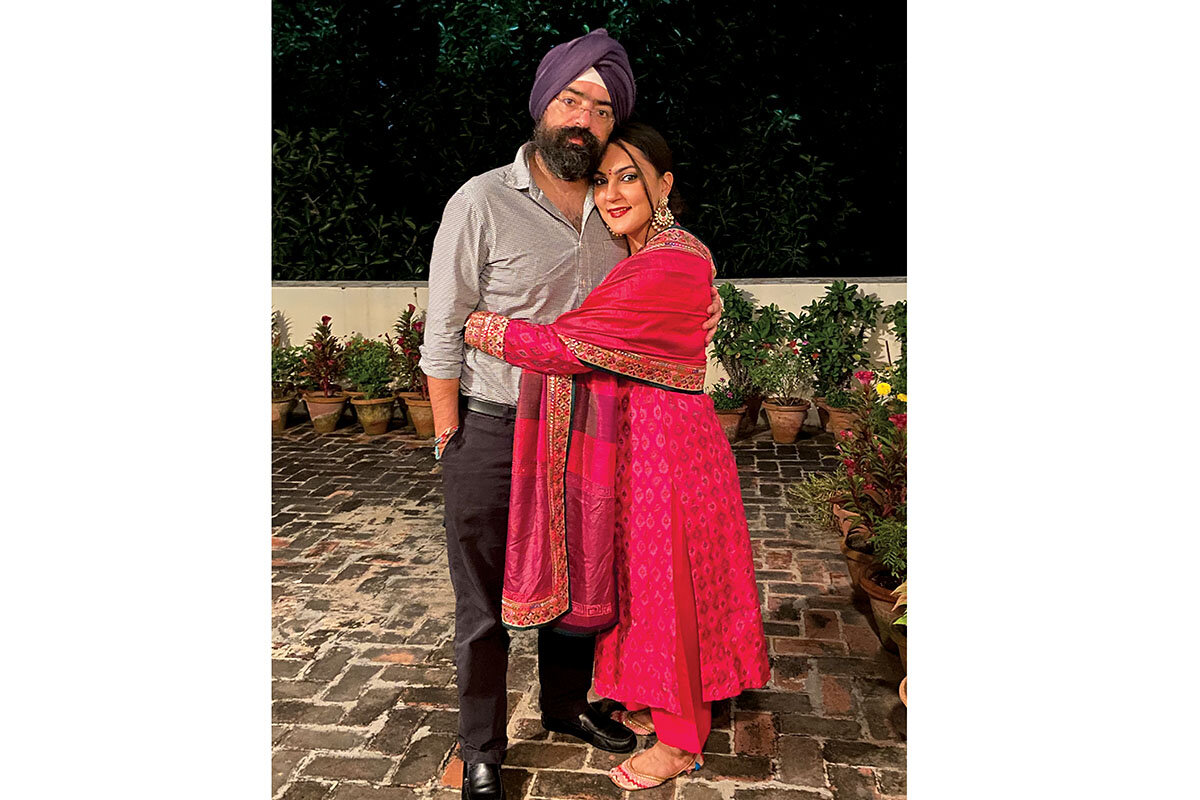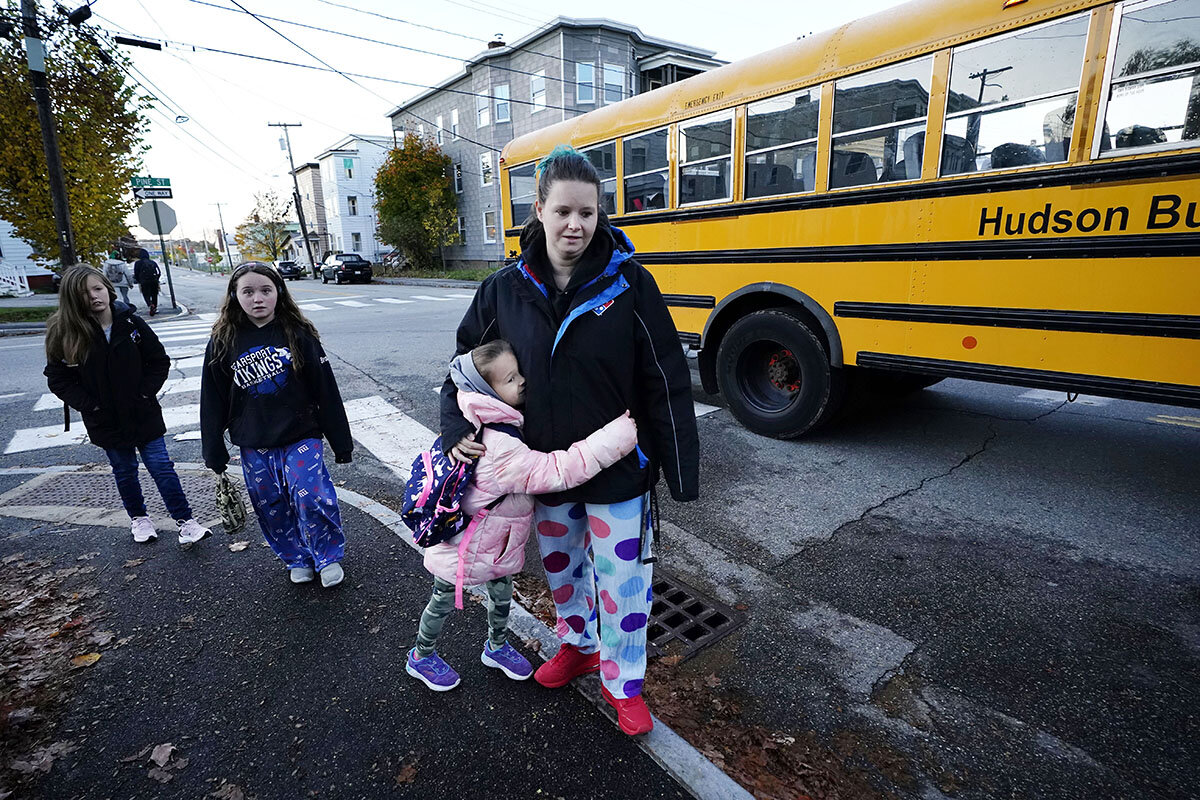President Donald Trump has dubbed the new speaker “MAGA Mike.” But the narrative around Mike Johnson may not be so simple. He reflects trends within the Republican Party that preceded Mr. Trump’s rise.
Monitor Daily Podcast
- Follow us:
- Apple Podcasts
- Spotify
- RSS Feed
- Download
 Stephen Humphries
Stephen Humphries
Did Buffy Sainte-Marie lie to me during an interview?
When I profiled the “first lady of Indigenous music,” I found her immensely likable. Now, a year later, a report by the Canadian Broadcasting Corp. alleges she’s misled people about her heritage and is not Native by birth. First Nation tribes are grappling with the implications of the CBC’s investigation. So am I.
During my conversation with Ms. Sainte-Marie, she said, “I’ve had opportunities that other Indigenous people have not had.” The Oscar-winning songwriter was appointed Officer of the Order of Canada. She won a Polaris Heritage Prize. In 2021, she appeared on a Canadian postage stamp.
The icon claims she’s an Indigenous child adopted by white parents in Massachusetts. But the CBC report offers evidence that her Massachusetts parents are her biological parents.
In a public statement, Ms. Sainte-Marie responded that her mother had told her she was adopted. “I don’t know where I’m from or who my birth parents were, and I will never know,” she said.
While these competing narratives played out, I revisited the artist’s protest song “Bury My Heart at Wounded Knee.” It’s still powerful, a reminder of a genuine anguish at how Indigenous people have been treated. Ms. Sainte-Marie told me that her proudest achievement was seeing recipients of her scholarships go on to become presidents and founders of tribal colleges.
Now, Canada’s Indigenous communities are wrestling with the news. Kamao Cappo, a member of Pasqua First Nation, told the CBC that the singer’s success gave hope to children. “It’s like a star has fallen,” he said. “How do we replace that?”
Ira Lavallee, acting chief of Piapot First Nation – the tribe that embraced Ms. Sainte-Marie when she was an adult – is waiting to see how his people think about the revelations. But, he told the CBC, “Buffy will always be part of our community. ... We’re not going to turn our back on her.”










